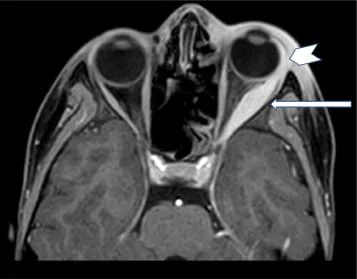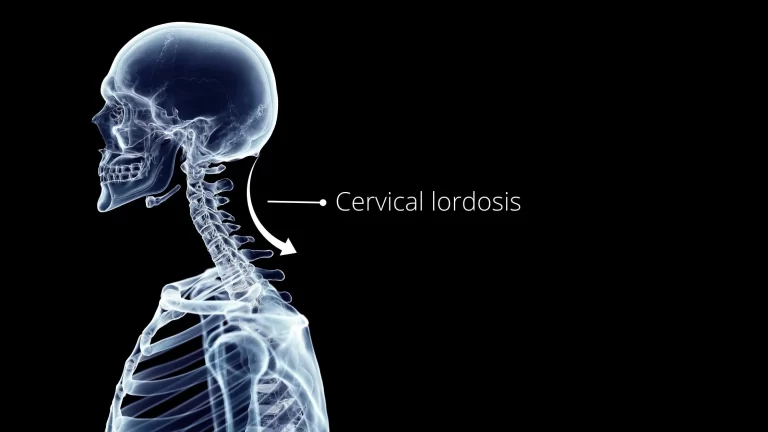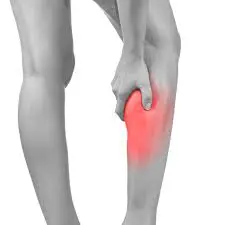How to know if you sprained your wrist?
While talking about Wrist Sprain, there are eight small bones in your wrist. Ligament are the tissue that connects this eight small bones, Any of them can break and cause severe damage to your wrist. Depending on the break or overstretched, your wrist could take anywhere from weeks to months to heal. Maybe you broke one of these eight wrist bones or ligament may be overstretched, but you’re unsure if it’s a break or a sprain. How do you tell the difference?
Here’s a guide on the difference between a wrist sprain and a wrist break that can give you insight on if you should see a doctor and the treatment options available to you.
Common Wrist Fractures and Sprains
A fracture is the medical term for a broken bone. The most common type of wrist fracture is a distal radius fracture, which is a fracture at the end of the long radius bone of the forearm.
Another type of wrist fracture affects one of the eight small round carpal bones in the wrist. This is known as a scaphoid fracture. Scaphoid fractures are less common but more difficult to heal.
Sprains occur when ligaments, the fibrous bands of tissue that connect bones to each other are stretched or torn. Wrist sprains are frequently caused by injury of the scapholunate ligament, which is a very important ligament that connects the scaphoid and the lunate carpal bones.
Signs and Symptoms of a Broken Wrist
While you will have pain in your wrist regardless of if it’s broken or sprained, you will have significantly more pain if you break your wrist.
Some of the signs of a broken wrist include:
- Swelling
- Obvious deformity
- Tenderness to touch
You might also experience tingling in your fingers.
Another sign to consider is if you are completely unable to move your wrist either because you have so much pain or because of the swelling.
Signs and Symptoms of a Wrist Sprain
Pain: Sprained wrist is very painful, especially when you try to move it.
Tenderness: Sprained wrist is very tender to touch.
Warm: When sprained, the wrist is generally warm.
Sounds: Wrist makes different pooping and tearing sounds from inside, when moved.
Difficult to move: Wrist becomes very difficult to move or feels blocked due to severe pain.
Swelling: Wrist when sprained is swollen as the ligament inside is either torn apart or detached from the bone.
Causes of Wrist Sprain
Wrist sprain is generally caused by the movement of the wrist involving an abrupt twist or hyperextension. It can also be caused by a direct blow on the wrist or falling on an outstretched hand or contact that causes the wrist to forcefully move in one direction.
Athletes are particularly prone to Wrist Sprain. Gymnastics, skiing, football and figure skating are just a few of the sports in which this type of injury is common. Wrist Sprains are most frequently caused by a fall on an outstretched hand. This type of fall is also common in icy weather. Additionally, any activity that results in sudden, forceful impact to the wrist can place undue stress on the ligaments leading to over-stretching and/or tearing.
Diagnosis of Wrist Sprain
Wrist sprains are commonly diagnosed by Physical Therapist, primary care physicians, hand or orthopaedic surgeons, and sports medicine physicians. When a wrist sprain is suspected, a doctor will take a medical history and conduct a physical examination that includes tests to evaluate the wrist’s stability. Medical imaging and other advanced tests may be ordered if necessary.
Physical Examination and Medical History
The first step in diagnosing a wrist sprain requires a doctor visit, which includes:
A physical examination, in which the doctor typically checks for:
- Tenderness and/or swelling on palpating (gently applying pressure) the wrist joint
- Flexibility and range of motion of the injured wrist compared to the uninjured one
- Deficits in strength, sensation, or reflexes in the wrist and/or fingers
Review of medical history, which includes the doctor asking about:
- Onset of pain and other symptoms
- Type and nature of pain
- Trauma or injury to the wrist area
If a wrist sprain is suspected, the doctor may perform specialized wrist instability tests.
The doctor will check for ligament injuries and stability of the carpal bones using certain physical tests. These tests can also help assess the injured wrist’s strength and flexibility.
- Scaphoid shift test involves the doctor grasping and firmly pushing the scaphoid bone to check the stability of the bone.
- Ballottement test checks for the stability of the lunotriquetral ligament. The doctor uses a technique to stabilize the lunettes bone and checks for pain, grinding sounds, and/or excessive mobility of the lunotriquetral joint.
- Grip strength of the wrist is measured by a device called Jamar dynamometer. The patient holds and squeezes the device and the strength is assessed.
Wrist instability tests are usually performed at the doctor’s office and may be a part of the physical examination.
Medical Imaging Tests for Wrist Sprain
Imaging diagnostic tests are performed to confirm a suspected wrist sprain. A few examples include:
- X-ray: Standard x-rays do not show ligaments, however, in chronic wrist sprains, the presence of gaps, overlapping, and/or rotation of the carpal bones may be seen—indicating ligament injury
- Ultrasound: Ultrasound of the wrist is useful in analyzing ligament inflammation and tears as well as associated joint, artery, vein, and nerve injuries. Swelling and fluid accumulation may also be analyzed in ultrasounds
- Magnetic resonance imaging (MRI): MRI of the wrist is useful in detecting ligament injury and injuries related to other soft tissues, nerves, cartilage, and joints
While physical examination and imaging tests can be sufficient in diagnosing some wrist sprains, more invasive diagnostic methods may be necessary in other cases, particularly if symptoms do not improve over time.
Invasive Diagnostic Tests for Wrist Sprain
Invasive diagnostic procedures are any diagnostic procedures that break the skin, including injections. Less frequently, these may be used if diagnosis cannot be confirmed with examination or other advanced imaging including x-ray or MRI. Invasive diagnostic procedures for wrist sprains include:
- Magnetic Resonance Arthrography (MRA): A wrist MRA is a two-step procedure used to diagnose wrist ligament injuries. First, a contrast dye is injected into the location to be examined, and then an MRI is performed. This technique allows for a detailed evaluation of the intrinsic ligaments and surrounding soft tissues
- Multiple Detector Computed Tomography (MDCT) Arthrography: Like MRA, MDCT Arthrography is a two-step procedure that uses contrast dye. In MDCT Arthrography, a rotating x-ray tube is used to take images in a sequence. Intrinsic wrist ligaments can be viewed in high detail in this procedure
- Wrist Arthroscopy: Wrist Arthroscopy is a surgical procedure that involves insertion of an Arthroscope (a small device with a lens and light) into the wrist joint. The Arthroscope is connected to a video screen and monitor, which enables the doctor to view the inner structures, such as ligaments and cartilage of the wrist. A surgeon will typically perform necessary repairs during the same procedure
Diagnostic tests also help determine the grade and severity of ligament injury. Ligaments may appear elongated, torn, or torn with a bone attached to it.
Treatment of Wrist Sprain
Minor to moderate wrist sprains can be healed on their own. Just a little time is required, to get the wrist back in normal condition. To speed up the healing you can simply do the following:
- Rest: Give rest to your wrist for at least 48 hours
- Icing: Ice your wrist to reduce pain and swelling. Do it for 20-30 minutes every three to four hours for two to three days, or until the pain is gone
- Compress: Wrap up the wrist with a bandage
- Position: Elevate your wrist above your heart, on a pillow or the back of a chair, as much as you can
- Medicine: Take anti-inflammatory painkillers. Non-steroidal anti-inflammatory drugs (NSAIDs), like Aceclofenac, Diclofenac, will help with pain and swelling. However, these drugs can have side effects, like an increased risk of bleeding and ulcers. They should be used only occasionally, unless your doctor specifically says otherwise
- Cast: Use a cast or splint to keep your wrist immobile. This should only be for a short time, until you see the doctor. Then follow the doctor’s advice about whether or not to continue using a splint. Using a splint for too long can result in more stiffness and muscle weakness in some cases
- Taping Technique for wrist sprain is also used By Physical Therapist depends upon severity (Garde-1,2,3), Rigid or Kinesio Taping are used to stabilize the wrist joint.
- Exercise: Initially only rest advice, After Ligament will heal, Gradually you can start Practice stretching and strengthening exercises if your doctor recommends them. It is best if you see a physical or occupational therapist to guide a program specific to your condition
More severe wrist sprains, in which the ligament is snapped, may require surgery to repair.







